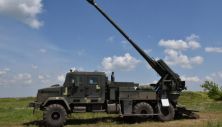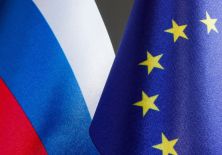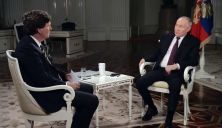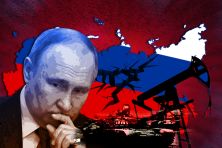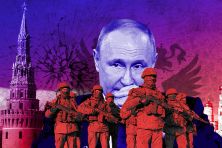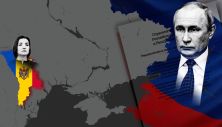Atlantic Council’s Eurasia Center senior fellows John E. Herbst, Anders Åslund, David J. Kramer, Alexander Vershbow, and Brian Whitmore offered a comprehensive strategy to manage and develop US relations with Russia over the next twenty years.
Find the full version of the paper here.
The strategy consists of four major elements:
- Work with allies and partners to counter immediate danger from Moscow, including partner support of Georgia and Ukraine
- Establish clear redlines on Moscow’s behavior, including increase of US military aid to Ukraine (to $1 billion annually), imposing sanctions, counter Kremlin narratives, and taking more pro-active role in Minsk process
- Work together where possible, mitigating nuclear confrontation and reducing the risk of escalation of military incidents.
- Lay out a vision for close future relations with a prosperous Russia – increase support for the “non-systemic” Russian opposition, more interaction with the Russian people, freeze and hold the assets of senior Kremlin officials, support of media – if Russia expels RFE/RL, the United States should expel Sputnik and RT.
The paper gives a set of expanded recommendations, which include:
- countering Kremlin revisionism,
- cooperation between G7, EU, NATO, Quad and AUKUS,
- strengthening US leadership in NATO,
- thwart Russian military provocations,
- strengthen NATO defenses in the Baltic region and Black Sea,
- combine three annual military exercises: Saber Guardian (a land exercise with Romania, Hungary, and Bulgaria), Sea Breeze (a maritime exercise with Ukraine), and Noble Partner (a land exercise with Georgia),
- defeat Russian aggression in Ukraine, Georgia, and Belarus,
- pressing Puttin to leave Donbas and let it reintegrate under genuine Ukrainian sovereignty,
- increasing US active part in Donbas diplomacy with Moscow,
- pulling RFE/RL out of Russia and move to the West while providing additional funding—from $21 million to $100 million,
- respond to repeated Russian cyberattacks,
- use current small cracks in the China-Russia relationship to split the countries,
- manage the Russian challenge in East Asia, Central Asia, the Near East, and Latin America
Here are the most crucial policy points on Ukraine:
Ukraine is the current center of Moscow’s revisionist foreign policy and needs the self-defense capabilities to deter further aggression.
US assistance to Ukraine should rise from over $275 million to $1 billion annually. This would not only greatly enhance Ukraine’s ability to deter further aggression.
Moscow plans to spend $12.4 billion over the next three years in social spending in the Russian separatist-held parts of eastern Ukraine.42 It also spends $34 billion a year on Crimea.
Ukraine might enhance their prospects for eventual NATO membership by working with the Alliance to build facilities for exercises and training in the process of establishing interoperability.
Washington should work within the NATO 2030 project to seek a consensus on what should be the conditions for Ukrainian accession and a clear understanding of what it will take to extend an Article 5 guarantee to Ukraine.
Read also: Weimar Triangle on alert to de-escalate tensions on Ukraine-Russia border

